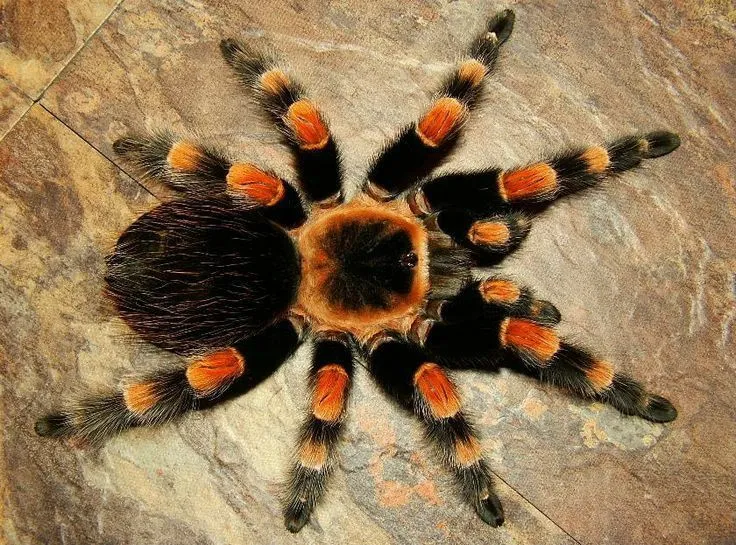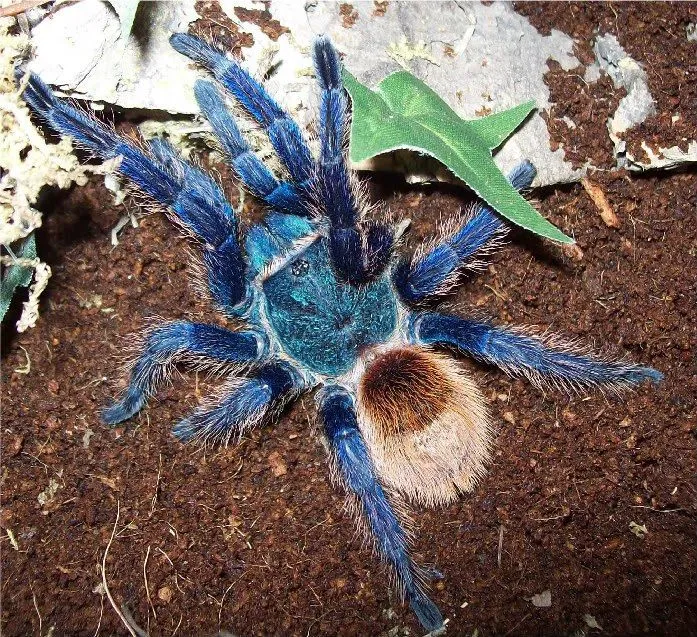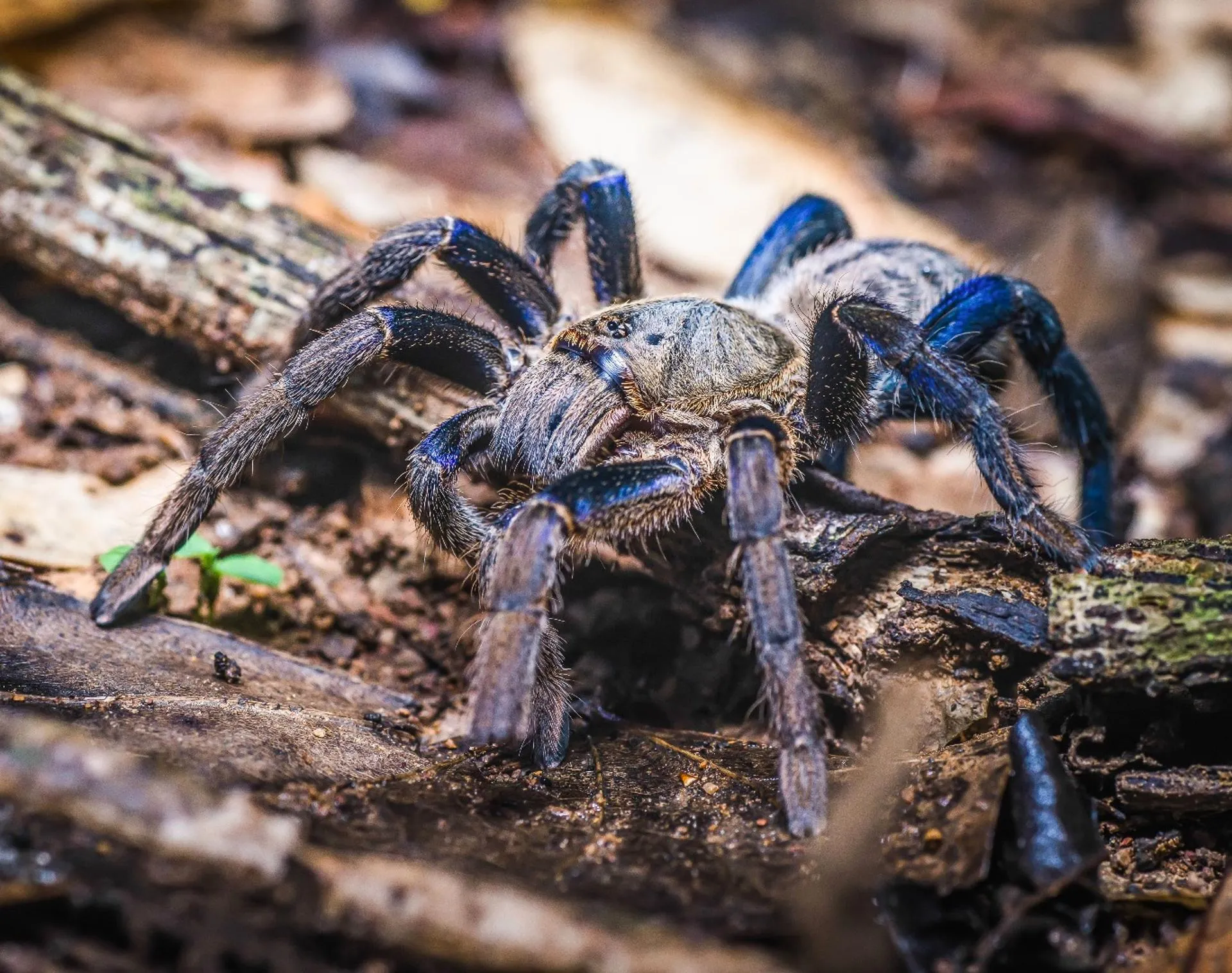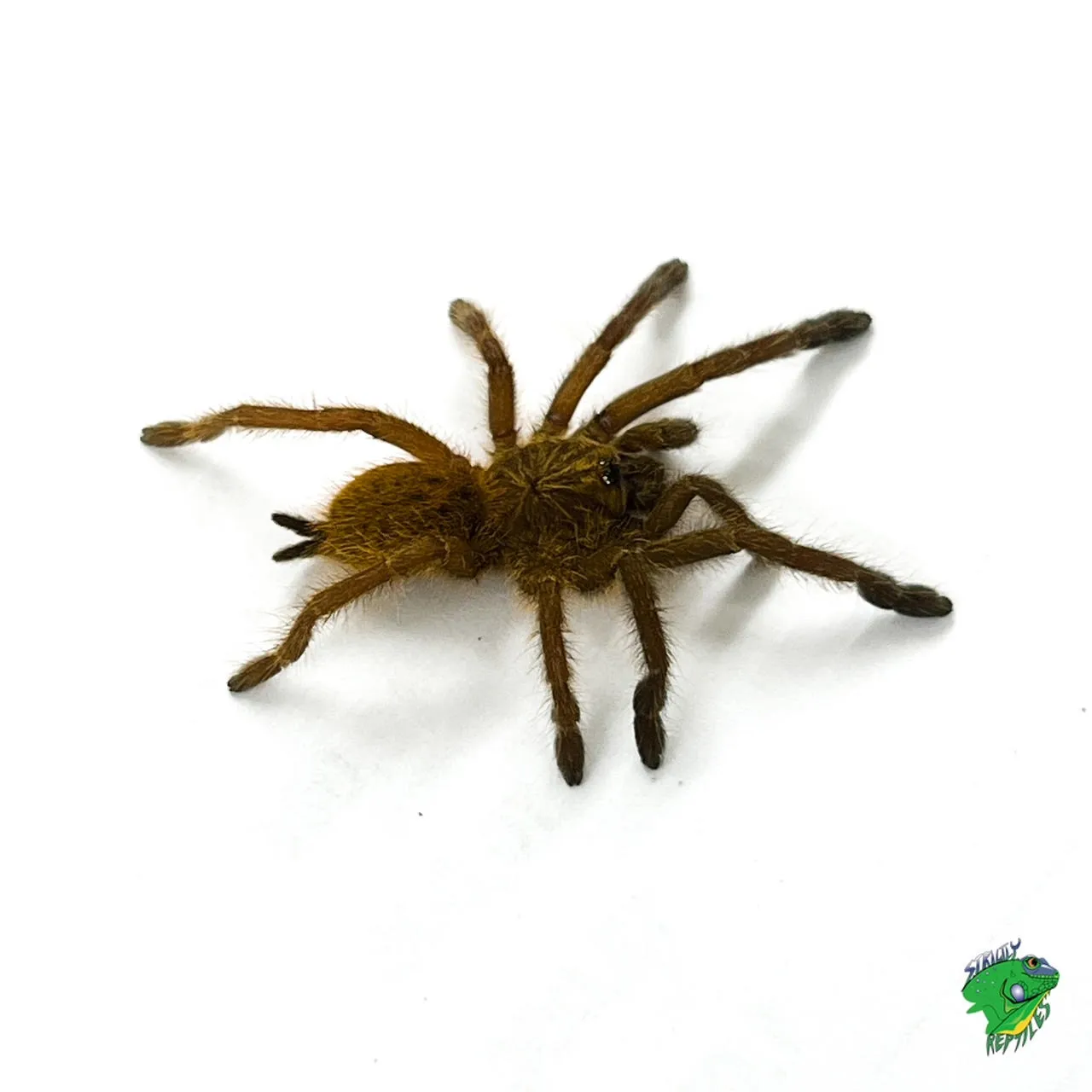What is a Blue Tarantula?
The blue tarantula, a captivating arachnid, has gained popularity among exotic pet enthusiasts due to its striking coloration and fascinating behaviors. These spiders, belonging to various species, are not only visually stunning but also offer a unique insight into the world of invertebrates. This guide provides an overview of the blue tarantula, exploring its characteristics, care requirements, and interesting facts. Understanding these creatures is the first step in appreciating their unique beauty and ensuring their well-being in a captive environment. They represent a fascinating departure from more common pets, offering an opportunity to observe and learn about a truly remarkable species.
Appearance and Identification
Identifying a blue tarantula primarily relies on its distinctive coloration and physical attributes. These tarantulas are known for their vibrant blue hues, which can range from a deep metallic blue to a lighter turquoise shade, depending on the species and individual. The blue coloration often covers the legs, carapace (the top part of the cephalothorax), and sometimes the abdomen. Additionally, other features assist in identification. The size of the tarantula varies depending on the species, with some reaching up to 6-8 inches in leg span. The presence of urticating hairs on the abdomen is a characteristic feature, used as a defense mechanism. Finally, the overall body shape and the arrangement of the eyes can also help in differentiating them from other species.
Color Variations

The specific shade of blue can vary significantly among different blue tarantula species and even within the same species. Some may exhibit a more intense, electric blue, while others showcase a more subtle, iridescent hue. The intensity of the blue coloration can be influenced by several factors, including the tarantula’s age, molting cycle, diet, and overall health. Younger tarantulas may display less vibrant colors compared to adults. Additionally, the lighting conditions in their enclosure can impact how the blue appears. Understanding these color variations is essential for both identifying the specific species and appreciating the unique beauty of each individual tarantula. Careful observation of these color differences provides a deeper understanding of these stunning creatures.
Size and Lifespan
The size and lifespan of blue tarantulas are significant factors to consider when preparing to keep them as pets. Size varies greatly depending on the species. Some can have a leg span of approximately 6-8 inches when fully grown. Females are typically larger than males. Their lifespan also differs: females can live for 10-20 years or even longer in some cases, while males usually have shorter lifespans, often only living for a few years after reaching maturity. This long lifespan makes them a long-term commitment, and the size differences should be taken into account when planning the enclosure. Properly caring for these creatures, including providing suitable habitats and diets, is key to optimizing their growth and longevity.
Habitat and Origins
Blue tarantulas originate from various regions, primarily in tropical and subtropical environments. Understanding their natural habitat is essential to replicate these conditions in captivity, which helps in ensuring their well-being. These tarantulas are often found in areas with high humidity and moderate temperatures, such as rainforests, grasslands, and scrublands. They are typically terrestrial or burrowing spiders, constructing their homes in the ground or under rocks, logs, and other natural shelters. The geographic distribution spans across regions in Southeast Asia, South America, and parts of Africa. Studying their native habitats and environments is essential for ensuring their survival in captivity and allows us to meet their biological needs properly. This understanding allows us to create an environment closely resembling the one they would experience naturally.
Natural Environment

In their natural habitat, blue tarantulas thrive in environments characterized by specific climatic and environmental conditions. High humidity levels are essential, as they are crucial for maintaining their hydration and facilitating successful molting. Moderate temperatures, typically ranging between 75°F and 85°F (24°C and 29°C), provide an optimal range for their activity and metabolism. The presence of abundant leaf litter, soil, and other organic matter supports their burrowing behavior and provides hiding places. These spiders are typically found in areas with moderate rainfall, as excessive dryness can be detrimental to their health. Understanding and imitating their natural settings will ensure that they thrive, showcasing their natural behaviors. Mimicking these conditions is essential for the overall health and well-being of the spiders in captivity.
Geographic Distribution
Blue tarantulas are found across various geographical areas, with their distribution varying among different species. Southeast Asia, particularly countries like Thailand, Vietnam, and Laos, is home to several prominent species. Some species also inhabit parts of South America, including Brazil and Colombia. Additionally, certain species can be found in specific regions of Africa. Understanding these geographical distributions can help in the identification and conservation efforts of these spiders. As such, this knowledge is essential when selecting a species for a pet. It also guides the required care, like identifying the right climate and living condition, making this knowledge a significant aspect of tarantula ownership. It is important to ensure that these animals are properly cared for and that their specific needs are met.
Behavior and Temperament
Blue tarantulas exhibit a range of behaviors and temperaments, which makes them exciting to observe. While they are generally considered docile, their behavior can vary depending on the species, individual personality, and environmental factors. These spiders are typically nocturnal, becoming more active during the night. They often spend their time hiding in burrows or under shelters during the day. Some species are more prone to defensive behaviors, such as raising their front legs or flicking urticating hairs when threatened. Others may be more inclined to flee or hide. Careful observation of these behaviors provides a deeper insight into the spiders’ needs and reactions to their environment. Understanding their temperament also helps with safe handling and provides insight on how best to meet their needs.
Defensive Mechanisms

Blue tarantulas possess several defensive mechanisms to protect themselves from potential threats. One primary defense involves urticating hairs. These hairs are located on the abdomen and can be flicked towards perceived threats, causing irritation upon contact with the skin or eyes. The spiders also have a bite, although their venom is generally not considered to be life-threatening to humans; it can still cause local pain, swelling, and discomfort. Furthermore, these spiders may employ a threat display, which involves raising their front legs, showing their fangs, and hissing. These actions can be a warning sign. Understanding these defensive behaviors is critical for safely handling these spiders. It can also help you recognize signs of stress and protect yourself.
Feeding Habits
In the wild, blue tarantulas are opportunistic predators, feeding mainly on insects and other small invertebrates. Crickets, mealworms, roaches, and other commercially available insects are common food sources for captive tarantulas. The frequency of feeding typically depends on the tarantula’s age, size, and metabolism. Younger tarantulas usually require more frequent feedings compared to adults. They may consume a variety of insects, but it is essential to provide a balanced diet to ensure proper nutrition and health. Providing fresh water is also essential for their survival. This allows them to remain hydrated. The frequency and type of food provided should be adjusted based on the tarantula’s individual needs. This allows us to ensure they maintain the necessary health and wellness.
Care and Keeping
Proper care and maintenance are essential for the well-being of blue tarantulas in captivity. This includes creating a suitable enclosure, maintaining optimal environmental conditions, providing a balanced diet, and regularly monitoring the spider’s health. Setting up the proper enclosure and maintaining a clean and stimulating environment that meets their specific needs is critical. This should include appropriate temperature, humidity, and substrate for burrowing. Monitoring the spider’s overall condition and being vigilant to detect any health issues, such as parasites, molting problems, or injuries is also essential. This approach helps promote the tarantula’s health and ensures a fulfilling life. Proper care is essential to successfully keep and care for these beautiful spiders.
Enclosure Setup

Setting up a proper enclosure is a key part of caring for a blue tarantula. The enclosure should be appropriately sized based on the tarantula’s size and species, providing enough space for movement and activity. A secure lid is essential to prevent escape. The enclosure should include a suitable substrate such as coconut fiber, peat moss, or a mixture of both, to mimic their natural environment and allow burrowing. Providing hides, such as cork bark or artificial plants, gives the tarantula a place to retreat and feel secure. Temperature and humidity levels should be carefully maintained to meet the species’ specific requirements, using a thermometer and hygrometer to monitor conditions. The design of the enclosure plays a pivotal role in the well-being of these creatures.
Feeding and Hydration
Feeding and hydration are vital components of blue tarantula care. Provide a varied diet of appropriately sized insects. The food should be easily accessible and left in the enclosure. Fresh, clean water should always be available. A shallow water dish or water-filled cotton ball is suitable for smaller spiders. It is important to monitor the spider’s feeding habits. Uneaten food should be removed to prevent the growth of mold or mites. The frequency of feeding should be adjusted according to the tarantula’s age and metabolism. The right balance of food and water is critical to ensure the health and well-being of the blue tarantula.
Health and Common Issues
Blue tarantulas are generally hardy creatures, but they can experience some common health issues. Molting problems, where the tarantula struggles to shed its exoskeleton, can be a concern, often due to insufficient humidity. Parasites, such as mites, can also infest the tarantula, causing irritation and health issues. Injuries can occur if the tarantula falls or is mishandled. Recognizing the signs of these problems early on is essential. These signs include lethargy, loss of appetite, and unusual behavior. Quarantine new tarantulas and provide proper environmental conditions. These actions help to avoid these health complications. Seek guidance from experienced keepers or a veterinarian if necessary.
Conclusion

Blue tarantulas are fascinating creatures. They are a beautiful and rewarding addition to the exotic pet world. Providing proper care and understanding their unique needs will allow you to enjoy these beautiful spiders for many years to come. By learning about their natural habitat, feeding habits, and behavior, you can provide a stimulating and healthy environment. With proper setup and maintenance, you can also enjoy a beautiful and unique pet.
